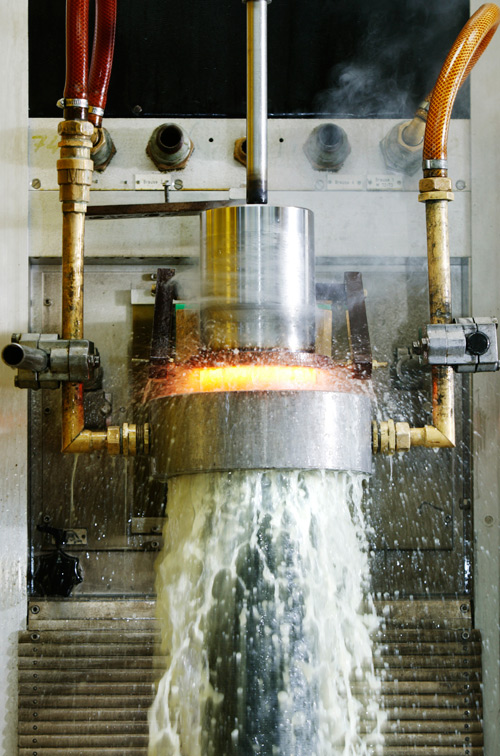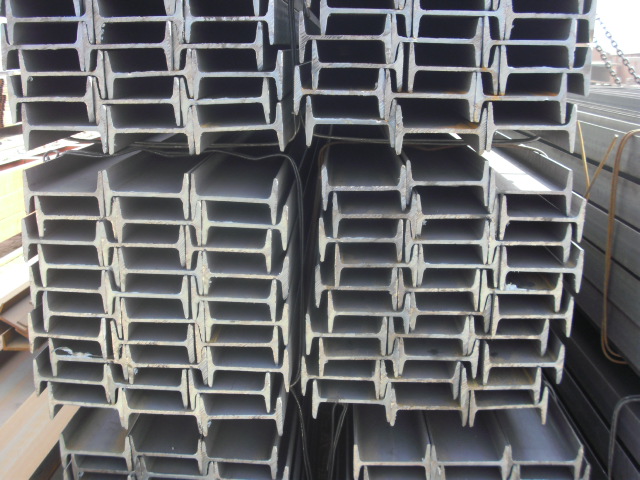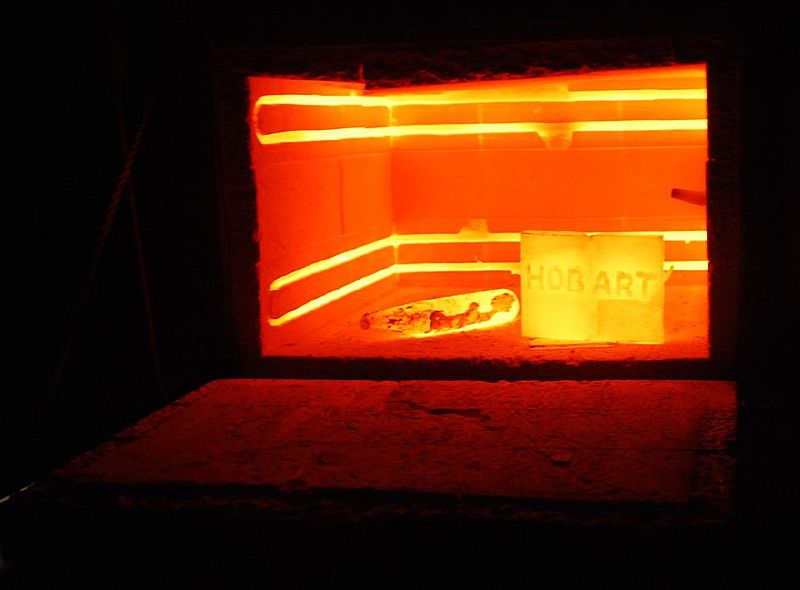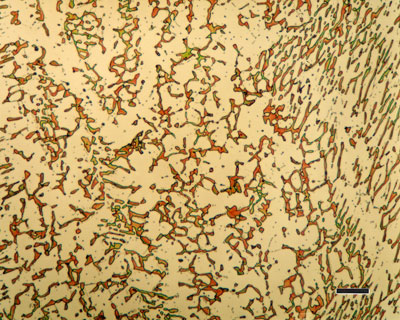What is Carburizing ?
Carburizing is a process of adding Carbon to the surface. This is done by exposing the part to a Carbon rich atmosphere at an elevated temperature and allows diffusion to transfer the Carbon atoms into steel. This diffusion will work only if the steel has low carbon content, because diffusion works on the differential of concentration principle. If, for example the steel had high carbon content to begin with, and is heated in a carbon free furnace, such as air, the carbon will tend to diffuse out of the steel resulting in Decarburization.
Carburizing Processing
Carburizing is the addition of carbon to the surface of low-carbon steels at temperatures generally between 850 and 950°C (1560 and 1740°F), at which austenite, with its high solubility for carbon, is the stable crystal structure. Hardening is accomplished when the high-carbon surface layer is quenched to form martensite so that a high-carbon martensitic case with good wear and fatigue resistance is superimposed on a tough, low-carbon steel core. Carburizing steels for case hardening usually have base-carbon contents of about 0.2%, with the carbon content of the carburized layer generally being controlled at between 0.8 and 1% C. However, surface carbon is often limited to 0.9% because too high a carbon content can result in retained austenite and brittle martensite.
You might also like
| Surface Hardening What is Surface Hardening ? Surface hardening... | Mild Steel - Properties and Uses What is Mild Steel ? Mild steel is a type... | Types of Heat Treatments Heat Treatment of Steel Heat Treatment is... | Austenite - Gamma Iron Austenite - a Definition Austenite also... |




 Alloy Suppliers
Alloy Suppliers
 Aluminum
Aluminum
 Aluminum Extrusions
Aluminum Extrusions
 Copper-Brass-Bronze
Copper-Brass-Bronze
 Nickel
Nickel
 Magnets
Magnets
 Stainless Steel
Stainless Steel
 Stainless Steel Tubing
Stainless Steel Tubing
 Steel Service Centers
Steel Service Centers
 Titanium
Titanium
 Tungsten
Tungsten
 Wire Rope
Wire Rope